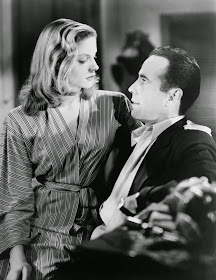Today marks the seventieth anniversary of the Liberation of Paris on August 25, 1944, an event which had begun a week earlier with an uprising by the French Resistance. The arrival of the Free French Army of Liberation and Patton’s Third Army on the 25th saw the capture of the military governor of Paris, General Dietrich von Choltitz, and subsequent surrender of the Germans. After four years of occupation, the City of Lights was free. Covering the momentous event for Life Magazine was famed war photographer Robert Capa.
 "French soldiers fighting against the Germans during the liberation of the city" Robert Capa (August 25, 1944)Capa, who had already taken some of the most famous photographs of the war, was determined to be among the first to enter the city that he had once called home. After some frustrating attempts to follow the US Army, Capa went in with General Leclerc’s French 2nd Armoured Division. Travelling in a jeep with Time correspondent Charles Wertenbaker and their driver, Pvt Hubert Strickland, Capa entered Paris shortly after Leclerc’s tank at 9:40 am.
"French soldiers fighting against the Germans during the liberation of the city" Robert Capa (August 25, 1944)Capa, who had already taken some of the most famous photographs of the war, was determined to be among the first to enter the city that he had once called home. After some frustrating attempts to follow the US Army, Capa went in with General Leclerc’s French 2nd Armoured Division. Travelling in a jeep with Time correspondent Charles Wertenbaker and their driver, Pvt Hubert Strickland, Capa entered Paris shortly after Leclerc’s tank at 9:40 am.
"German troops started shooting against the parade celebrating the liberation of the city" Robert Capa (August 26, 1944)
There was much rejoicing as troops drove into the city. Parisians flocked into the streets, greeting liberators with hugs and kisses, and shouts of “merci.” Many broke into song, many cried. Sniper attacks throughout the day brought temporary halts to the celebrating but nothing could stop the jubilant feeling in the air. Capa took photos of it all, revellers and collaborators, Resistance fighters and German soldiers. The next day he rode in General Charles de Gaulle’s parade down the Champs-Elysées. When sniper bullets rang out, he stood taking photos while people ducked for cover.
Having already set up a temporary Time Inc. office at the Hotel Scribe, Capa and Wertenbaker were soon joined by fellow photographers and correspondents who continued to arrive daily. Ernest Hemingway, who had already liberated the bar at the Ritz, stopped by as well. Capa would stay on in Paris for two months before leaving on another assignment.
Capa would go on to cover the rest of the war. But he would never forget August 25, 1944, later referring to it as “the most unforgettable day in the world.”
To see more images of the Liberation of Paris, visit here.















 "
"